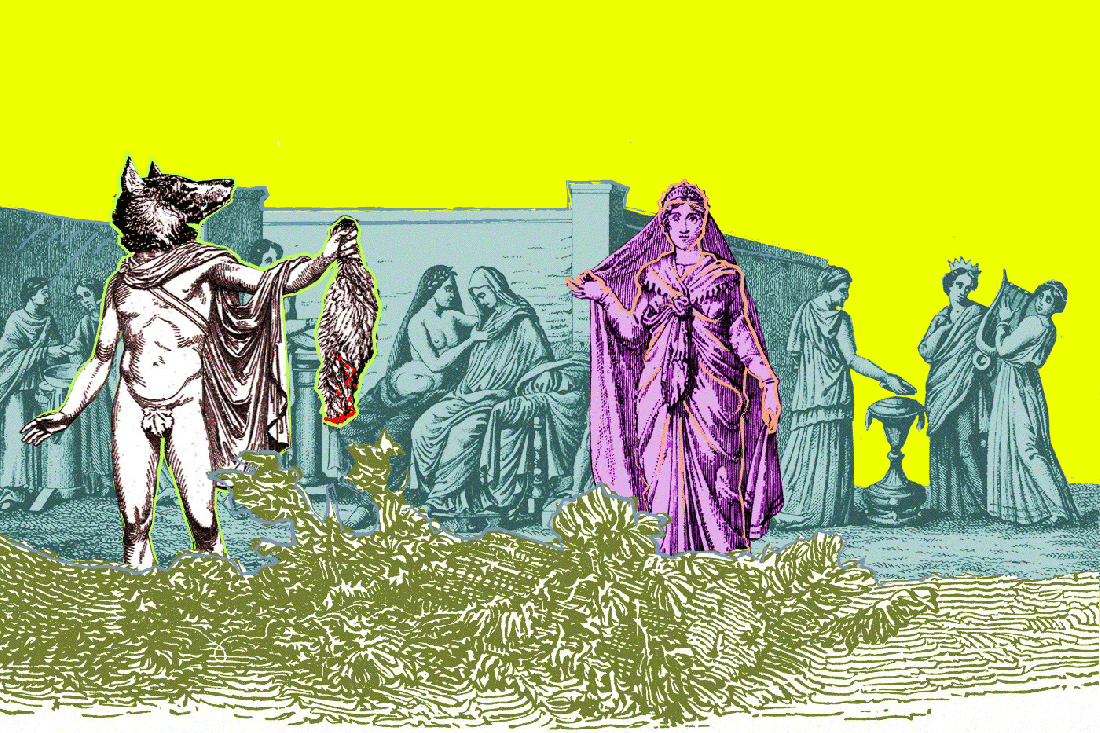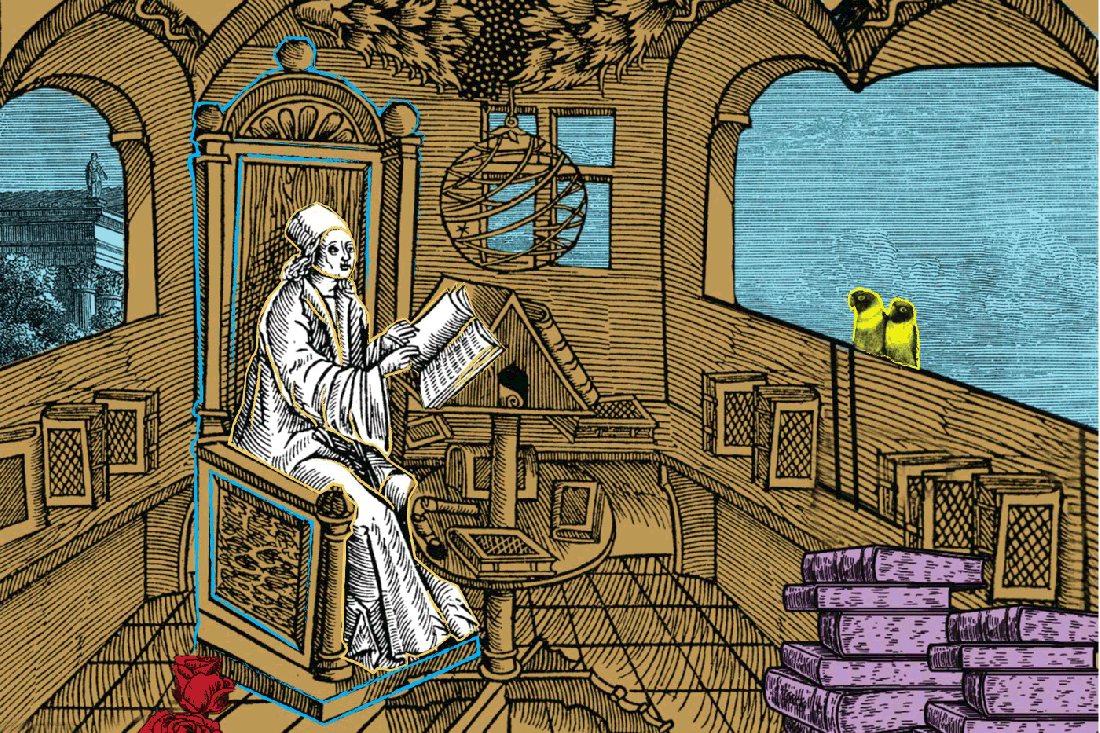A short history of the long (and sometimes bloody) story of Valentine’s Day

Is Valentine’s Day an over-commercialized “fake holiday” created by greeting card companies or a sweet, time-honored celebration of love and romance? The truth may lie in the middle. Take a look at how we got from the evil-purging origins of the holiday to shiny red boxes of candy.


On or about Feb 14, the ancients of the Italian peninsula (originally Etruscan and Sabine, later Roman) held a festival called Lupercalia to cleanse the city of evil spirits, spread health and vitality, and boost fertility. Scantily clad young men would dress as wolves, roam the streets, and strike young women with bloody strips of skin from sacrificial goats in an effort to bestow good luck and fertility upon them. Women of childbearing age believed that being struck multiple times by the lupine revelers would increase their chances of conceiving. This springtime festival was popular and survived in one form or another into the early Christian era.
In the later Roman period, several stories emerge involving a Christian martyr named Valentinus, who may have been the historical St. Valentine.
One story posits that a man named Valentinus was captured, tried, and sentenced to death for helping fellow believers escape Roman persecution. Before his execution, he was said to have performed a miracle by healing a blind girl, Julia, the daughter of his jailer. The jailer and his family were so impressed that they converted to Christianity on the spot. Unfortunately, Emperor Gothicus was less impressed, and had Valentinus beheaded the next day. Some versions of the tale hold that Valentinus wrote the first “valentine” card on the eve of his execution, penning a note to Julia and signing it “your Valentine.”
For this was on Saint Valentine’s day,
G. Chaucer, Parlement of Foules (1382)
When every bird came there to choose his mate
Another Valentinus purportedly showed up in Terni, Italy, during the reign of Emperor Claudius, performed secret Christian weddings for Roman soldiers, and gave out paper hearts to the participants to remind them of God’s love. Claudius had forbidden marriage within the ranks in the belief that unwed soldiers made better fighters, and attempted to get Valentinus to give up his clandestine activities and convert to paganism. Valentinus attempted to get Claudius to convert to Christianity. Claudius refused and had Valentinus executed.
Debates rage on: Are either of these Valentines the “real” St. Valentine? Or is St. Valentine a composite based on several people who existed in ancient history?

People who lived in Central Europe in the Middle Ages believed that birds started to look for their mates on Feb. 14. They considered this mating ritual to be a sign of the coming spring and new beginnings. The English poet Geoffrey Chaucer described the mating ritual in his 1382 poem Parlement of Foules, which linked the Feast of St. Valentine with the concept of romance for the first time.
To-morrow is Saint Valentine’s day,
William Shakespeare, Hamlet
All in the morning betime,
And I a maid at your window,
To be your Valentine.
Later it became fashionable for European nobility to send “love notes” to potential partners during the breeding season for birds. By the 16th century, it was not uncommon for wealthy people to hire professional writers to compose poems for their beloved.
Around the same time, William Shakespeare mentioned St. Valentine’s Day in Hamlet and A Midsummer Night’s Dream. “To-morrow is Saint Valentine’s day/ All in the morning betime/ And I a maid at your window/ To be your Valentine,” he writes in Hamlet.

Sweethearts began to exchange handmade cards and notes containing small greetings and poems in the late 1700s. Better printing technology made it easier to exchange pre-made cards and lowered the barrier of entry for less artsy suitors. Ready-made cards also provided an easy way to express complex emotions in an era in which direct, emotional expression was discouraged.
The Valentine’s Day card industry was booming by the middle of the 19th century. People in the United Kingdom mailed approximately 400,000 Valentine’s Day cards to their loved ones in 1841. Today the U. S. Greeting Card Association estimates that family members, school mates, and colleagues exchange close to 1 billion cards each year.

According to the National Retail Federation, Americans now spend $18 billion annually on cards, flowers, candy, jewelry, and clothing for Valentine’s Day.
The commercialization of Valentine’s Day has spurred efforts to reinterpret the holiday as something less materialistic. Singles Awareness Day, celebrated on Feb. 15, honors people who are not involved in a romantic relationship; the Women’s Memorial March in Vancouver honors the lives of missing and murdered women; and V-Day strives to end violence against women and girls.





